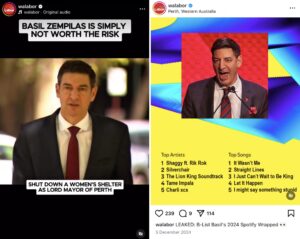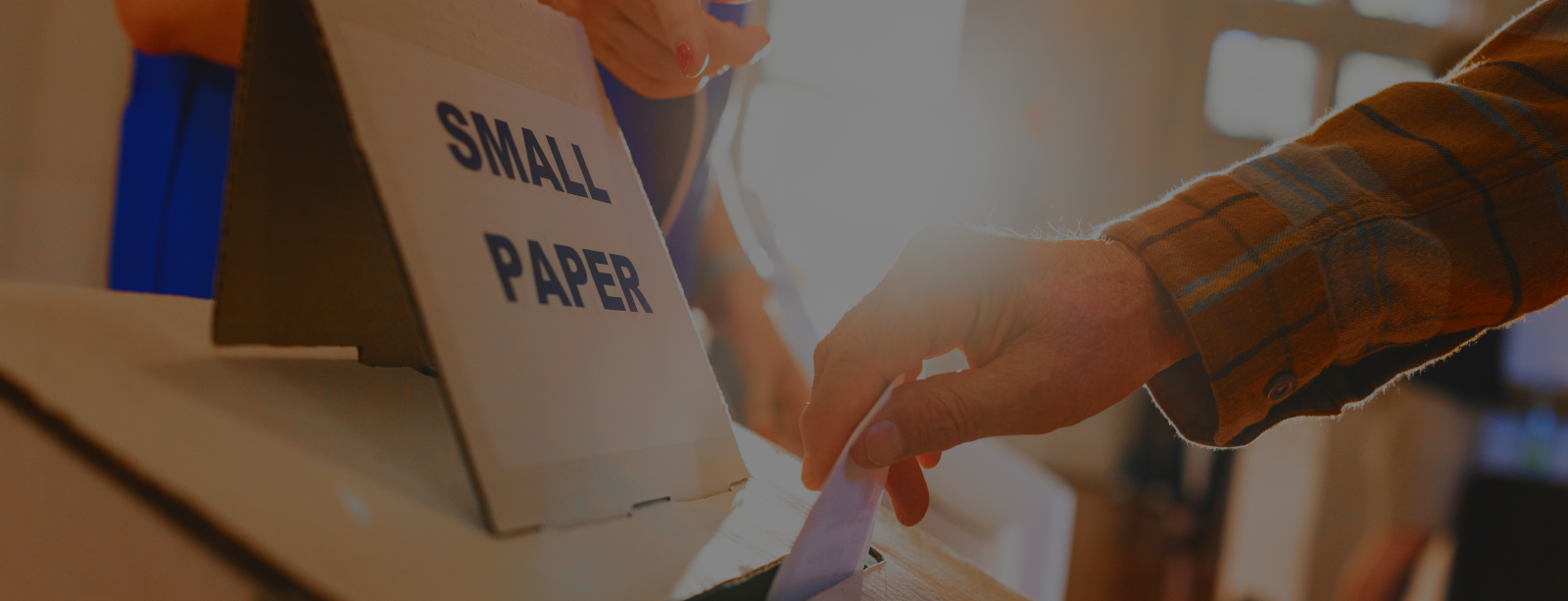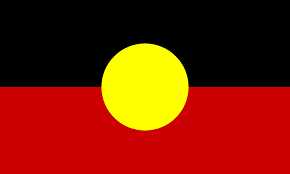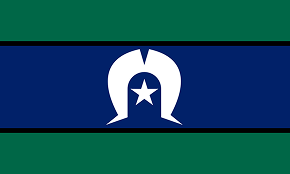 Written by Gordon Meredith
Written by Gordon Meredith
Incumbency has proven to be a poisoned chalice for political parties in the post-COVID era, where recent elections in Queensland and the Northern Territory saw significant swings against in-power parties resulting in new governments.
Premier Roger Cook, however, was quietly confident ahead of the 2025 Western Australia state election, stating that “Western Australia is a very different place” to the rest of Australia. A third consecutive landslide victory for Labor in the West (called by ABC’s Anthony Green at 7:40pm local time on Saturday) validated his assuredness. It is the first time Labor has held office for three successive terms in Western Australia since the 1980s.

Examples of Labor’s “Why Take The Risk” campaign against Basil Zempilas.
While the Liberals were able to regain a handful of ‘traditional’ seats, they remain disappointed to have only gained Churchlands, (where Perth Lord Mayor Basil Zempilas achieved a slender 3.8% swing, and potentially acted as a warning against ‘celebrity candidates’ ahead of the federal election given the success of Labor’s “Why Take The Risk” attack ad campaign) as well as Carine (12.2% swing) and Nedlands (7.5% swing).
Such results have caused both the Liberal Party to take stock, with former WA Liberal leader Mike Nahan suggesting that more needed to be done by the overall campaign to provide a “coherent plan” and “justification to the public for a change.” The increased public appetite for more developed policies may come as a surprise in an era of soundbites and clickbait and may always change how the federal coalition approaches its campaign tactics and policy announcements.
The result has also prompted former Liberal party MPs to suggest an official merger with the Nationals in Western Australia. “A merger between the two parties is a prerequisite to winning back government in the future,” former premier Colin Barnett told the ABC. While the two parties officially merged in Queensland in 2008, a similar arrangement in Western Australia seems unlikely given both sides could not reach agreement on running a joint upper house ticket at this election. Nationals leader Shane Love did concede, however, that the two parties would need to be closer aligned if they were going to form government at the next election.
Labor did not experience an unfettered endorsement, however, where at last count the government had seen a –18.2% swing in its primary vote. This was not unexpected though, given the magnitude of the 2021 election win some ‘regression to the mean’ was to be expected.

Source: ABC News
More telling, however, are where these swings were most prominent. It is here that we are seeing a nation-wide trend continuing to form. Using the ‘classic’ Labor vs. Liberal/National two-candidate preferred count, we can see the following swing trends:
Western Australian Electorates:
9 inner city electorates – 8.0% to Liberal/National
21 middle suburban electorates – 11.4% to Liberal/National
14 outer suburban electorates – 16.0% to Liberal/National
10 regional electorates – 14.2% to Liberal/National
So, while Labor’s vote (expectedly) diminished in regional areas, in terms of swing the biggest impact was in the outer suburbs of the metropolitan areas. This follows the trends seen in both the Queensland state election and the recent Victorian by-elections where the inner suburbs are becoming the three-way battleground between Labor, Greens and independents while the Liberal Party intensifies it focus on the traditional working class vote of the outer suburbs.
This election cannot be explained by just a swing to the Liberal/National coalition. Looking at primary vote counts, Labor is sitting on 41.7%, slightly less than the 42.2% they polled in 2017 (a more reasonable comparison for primary vote percentage), but their two-party-preferred vote is substantially higher at 58.5% compared to 55.5%. This reflects how a large part of the anti-Labor swing went to independents and minor parties, whose total share of the primary vote (24.3%) is the second highest ever vote share for candidates outside of the Labor, Liberal and Nationals parties.

Source: ABC News
Nowhere is this trend more stark than in the seat of Fremantle, where independent Kate Hulett is currently trailing by a slender 342 votes, enacting a 26.5% swing in a seat that has been held by Labor since 1924 (apart from a by-election loss in 2009).
Hulett is a Climate 200 backed independent who campaigned heavily on more aggressive climate action and the government’s perceived closeness to the gas industry. Running in a Labor stronghold seat, and against a prominent Greens candidate highlights Climate 200’s intention to not only target head-to-head battles with the Liberal/National coalition but also against Labor and the Greens in the upcoming federal election.

Source: ABC News
Regardless of how the remaining nine seats fall, WA Labor still has an abundant majority. With that comfortability in numbers, the government was clear in its priorities for its next term in power, including:
Housing
A pillar of the government’s election campaign was a $443 million joint federal-state pledge to build 1,800 social and affordable homes. This flowed into other housing-related promises, including $19.5 million towards community housing and outreach services, and $58 million in construction workforce initiatives.
Health
Issues with WA’s health system are complex, and hospital beds are scarce. More beds, however, are not part of Labor’s proposed $104 million redevelopment of Royal Perth Hospital, nor upgrades promised for the Midland Health Campus.
Labor has instead promised to expand programs to divert patients from hospitals, boost women’s health services and grow the aged care sector. Regional health services will receive a boost, with $30 million promised for healthcare initiatives in the Kimberley and $12.4 million pledged for a new residential drug rehab centre in the Great Southern.
Cost of living
While every election as billed as a cost of living election, only a few measures were announced throughout the government’s campaign, including $89 million in student support payments and capped public transport fees of $2.80.
Energy
Some of the government’s biggest commitments were with regards to energy security, including $387 million to develop a WA-first residential battery scheme as well as $75 million towards bolstering Western Power infrastructure across the state, and $60 million to support clean energy projects.
While a Labor win was expected in Western Australia, what most people are unsure of is whether this result will have any impact on the upcoming federal election. It was widely tipped that Prime Minister Anthony Albanese would call the election on Monday after Labor’s western win, but this was delayed by ex-Tropical Cyclone Alfred.
With the federal election now likely to be in May, there are plenty of predictions about how the ‘Western Red Wave’ will play out on the eastern seaboard. Kos Samaras, a RedBridge pollster and former Labor strategist has been quick to point out that the state Labor brand is much stronger in Western Australia than the federal brand, meaning that votes for Cook’s government might not necessarily flow to Albanese, as the priorities for voters on Australia’s west coast vary compared with those on the east.
Whether any lines of enquiry can be drawn from the weekend’s outcome and how we should prepare for potential change in May will be the theme of our upcoming federal election series. The series will explore the key trends we are witnessing during the campaign, analyse the policy announcements from each of the major parties, and explain what it all means for the organisations and stakeholders affected
We look forward to sharing our thoughts with you throughout the campaign.
If your organisation would like assistance in how best to communicate your message during an election window, please reach out to us.


